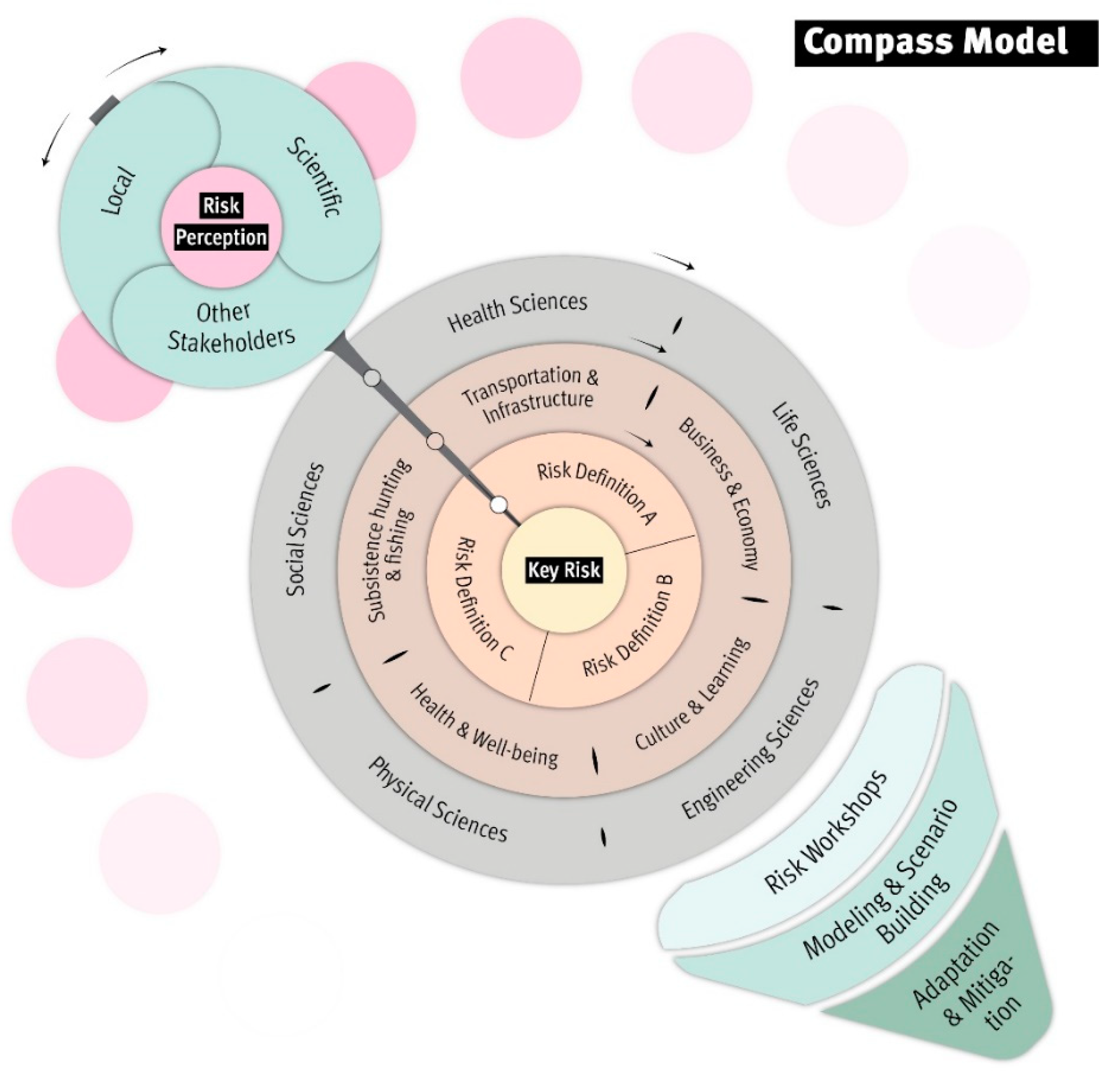Thawing permafrost creates risks to the environment, economy and culture in Arctic coastal communities. Identification of these risks and the inclusion of the societal context and the relevant stakeholder involvement is crucial in risk management and for future sustainability, yet the dual dimensions of risk and risk perception is often ignored in conceptual risk frameworks.
In this paper the authors present a risk framework for Arctic coastal communities. The framework builds on the notion of the dual dimensions of risk, as both physically and socially constructed, and it places risk perception and the coproduction of risk management with local stakeholders as central components into the model.

Central to the framework is the importance of multidisciplinary collaboration. A conceptual model and processual framework with a description of successive steps is developed to facilitate the identification of risks of thawing permafrost in a collaboration between local communities and scientists. The conceptual framework motivates coproduction of risk management with locals in the identification of these risks from permafrost thaw and the development of adaptation and mitigation strategies.
Community consultations, fieldwork in Nunataryuk case study areas, and risk workshops have provided critical context and data for the risk framework development. Through interdisciplinary research cooperation, the Nunataryuk project examines ongoing changes related to permafrost thaw, land-sea connections, health and wellbeing, infrastructure, natural resources, local economy, adaptation and mitigation along the Arctic coast.
Read the published study here.


